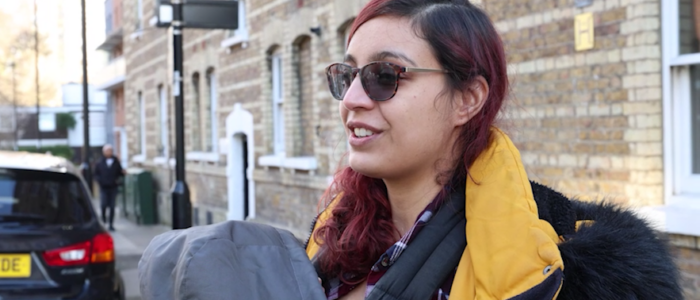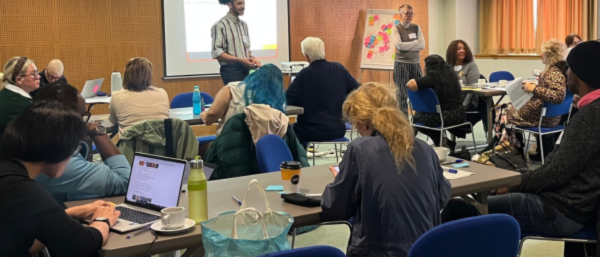The MH-TRC Mission aims to create a fresh understanding of mental health conditions which is sensitive to the priorities of patients, their families, clinicians, researchers and of industry to align research and treatment priorities.
Research provides evidence about what works best. Patients, service users and health & social care professionals all use this evidence to make decisions about treatments and care.
Outcomes of research can shape what research is carried out in the future, how it is carried out and how the results are shared and put into practice.
There is a global consensus that people with lived experience of a mental health conditions can play an important role in influencing, leading and co-leading projects alongside researchers.
What is PPIEP?
Our PPIEP principles include the following:
- patients have a right to be involved in decisions that may substantially affect their health and lives
- Mental health research should be co-produced with all relevant stakeholders
- patient knowledge can improve the relevance and quality of mental health research.
Below is the NIHR definition of the ways people get involved in research:
Involvement
Involvement is research done with or by patients and the public, not to, about or for them. It is about working collaboratively with patients and the public and sharing decision-making in the research process.
Examples of public involvement include:
- acting as joint grant holders or co-applicants on a research project
- identifying research priorities
- acting as members of a project advisory or steering group.
Engagement
Engagement focuses on raising awareness and sharing research knowledge and findings.
Examples of engagement include:
- attending public science festivals with discussions on research
- raising awareness of research through giving interviews for television programme and newspapers, writing blog posts and taking part in videos that explain study involvement
- contributing to academic reports and publications
Participation
Participation is about people giving formal consent and taking part in a trial or study.
Examples of participation include:
- completing a questionnaire online
- taking part in a clinical trial at a clinic
- trialling a new drug or treatment at home.
Impact of patient and public participation
This video, produced by M-RIC, features Service User and Carer Representative Terry Bryant discussing the results of a survey of service users and carers about their involvement in working alongside M-RIC researchers.
























